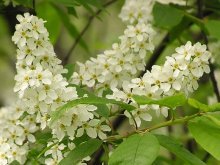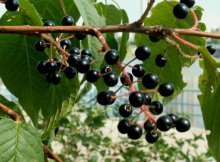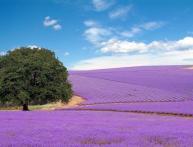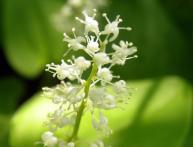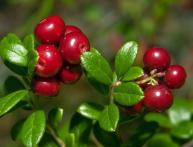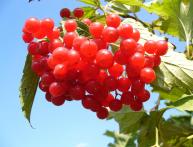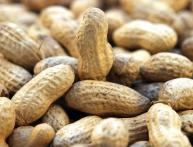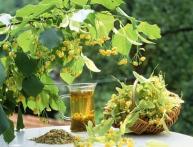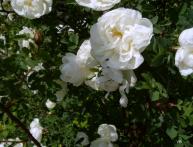Bird cherry, beneficial properties, application, collection and storage
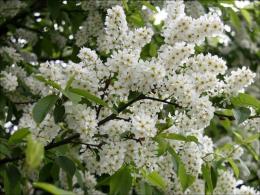
Bird cherry is a spreading plant that is strewn with clusters of white fragrant flowers in the spring and with clusters of black berries in the summer. Bird cherry can be seen in any locality, both in a distant village and in a big city. The plant remains in demand in human economic activity for many millennia. Archaeological excavations confirmed the use of bird cherry already in the Stone Age. What makes the plant so attractive and in demand? What beneficial properties of bird cherry have been used by humans for centuries.
Content:
- Bird cherry, general information
- Chemical composition and benefits of bird cherry
- How to properly collect and prepare bird cherry
Bird cherry, general information
The name bird cherry should be understood as plant species from the Cherry subgenus, the Plum genus, and the Rosaceae family. Most often you can find the following types of bird cherry:
- bird cherry
- bird cherry Maak
- late bird cherry
- virginian bird cherry
The most extensive range is that of the common or bird cherry. It grows from the shores of the Pacific seas to the countries of western, central, and southern Europe. Naturally exists in northern Africa, Asia, the Caucasus and Transcaucasia. Bird cherry is a tree or tall bush. Young branches are dark red, the bark of adult plants is dark or dark gray. The crowns are dense, often elongated or spreading. The leaf blades are quite large, oval with a serrated edge.Small, white and sometimes pink flowers are collected in long racemes, up to 15 cm. They have a strong pleasant aroma. The special means for self-defense “Cheryomukha” is associated with their smell.
Bird cherry trees bloom in May. Sometimes their flowering is associated with the return of cold weather, and after the end of bird cherry flowering it is believed that the cold will not return and heat-loving plants can be planted in gardens.
The fruits of bird cherry are drupes, up to 10 ml in diameter. At first, the color of the fruit is green, but as it ripens, it turns black. The flesh is green and turns black when exposed to air. It strongly stains hands and mucous membranes black when eaten. Bird cherry blooms profusely every year, but sometimes the berry harvest is reduced due to spring frosts. Bird cherry is used in breeding work to create frost-resistant hybrids of cherries, sweet cherries, ornamental varieties and garden varieties. Fruits, leaves, flowers and bark are valuable medicinal raw materials. In addition, bird cherry is used in the food industry and cooking, and its wood is a valuable ornamental material.
Chemical composition and benefits of bird cherry
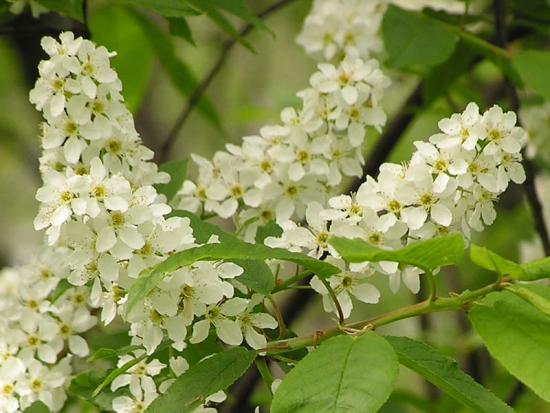
Berries Bird cherry trees contain up to 15% tannins; it is with them that the astringent properties of the berries are associated. In the bark of such substances there is up to 3%. The composition of bird cherry berries includes:
- Apple acid
- ascorbic acid
- lemon acid
- vitamins E, P, C, A
minerals:
- magnesium
- copper
- iron
- zinc
In addition, the leaves and bark contain hydrocyanic acid compounds. Bird cherry leaves accumulate ascorbic acid, essential oils, and phytoncides. In the cortex and seeds contains the substance amygdoline, which, when broken down, produces glucose and hydrocyanic acid.
Benefits of bird cherry, medicinal properties
The medicinal properties of bird cherry are associated primarily with its astringent qualities.Decoctions from it are used for various types of non-infectious diarrhea and indigestion. Bird cherry is included in medicinal gastrointestinal preparations. Due to its vitamin P content, it is used as a means of strengthening the walls of blood vessels, including capillaries. The chemical composition of bird cherry berries is similar to blueberries, so they have vitaminizing properties and can have a positive effect on the immune system and improve vision. Bird cherry bark is used as:
- diuretic
- sweatshop
- antipyretic
- remedy against pediculosis
The leaves have vitamin and strengthening properties. A decoction of them is drunk for tuberculosis and bronchitis. An infusion of flowers is wound-healing; it is also used as a lotion for eye diseases. In addition, a decoction of flowers is used as a contraceptive. In order for the bird cherry medicine to be beneficial, you need to be able to collect and preserve it.
How to properly collect and prepare bird cherry
In order for bird cherry to retain its benefits, you need to know several rules for collecting and storage. To prepare decoctions and infusions, almost all parts of the plant are harvested:
- leaves
- flowers
- bark
- ripe fruits
This must be done at a certain time, when plant materials contain the maximum amount of useful substances. The bark is harvested in early spring. Flowers are harvested in May, immediately after the buds open, without waiting for shedding. Leaves - early summer. Berries are harvested only in a ripe state. This happens in July - August. They are removed by cutting off the whole brush, being careful not to damage the integrity of the skin. The collection of raw materials is carried out in dry weather in the morning or evening hours.
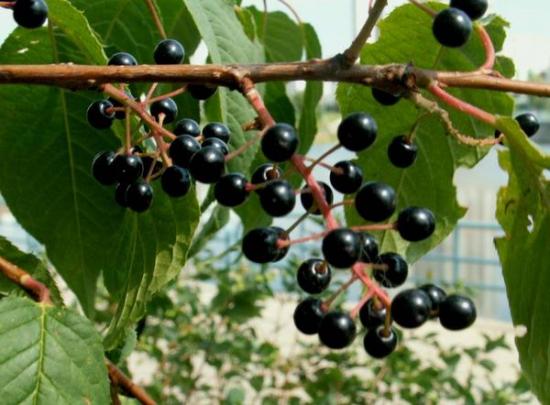
Raw materials that are prepared for the pharmaceutical industry are processed and dried using special equipment in compliance with certain technologies. At home, you can also stock up on bird cherry for your family’s needs.
How to preserve bird cherry at home
It is best to store harvested raw materials in dried form. The collected clusters of fruits must be laid out to dry no later than four hours after collection. To dry, they are laid out in one row. The baking sheets with them are placed in the oven, the temperature in it should be +50 degrees. You can use household dryers. The dried berries are removed from the stalks and plant debris is removed. Properly dried bird cherry fruits become wrinkled, black, without foreign odor or mold. They retain their properties for at least three years, and if properly stored in a dry place, at a cool temperature, in closed boxes - up to five years.
Flowers, bark, leaves can be dried outdoors, in light shade. They are also stored in bags or boxes in a dry place. Flowers and leaves retain their properties for about a year. Cora - about five years. In addition, for culinary purposes, bird cherry fruits can be stored in ground form after drying or in a pureed state, with sugar. It should be said that in difficult times, bird cherry always came to the rescue, people treated it, baked bread from it, made jelly and compotes. Perhaps that is why they are currently withdrawn varieties bird cherry with large berries for amateur and industrial cultivation. Among them worthy of attention:
- Black glitter
- Sakhalin black
- Mavra
- Early round
- Self-fertile
Despite the many beneficial properties, bird cherry treatment is best done after consulting a doctor.
Video about the medicinal properties of bird cherry:
Interesting information about the vegetable garden

